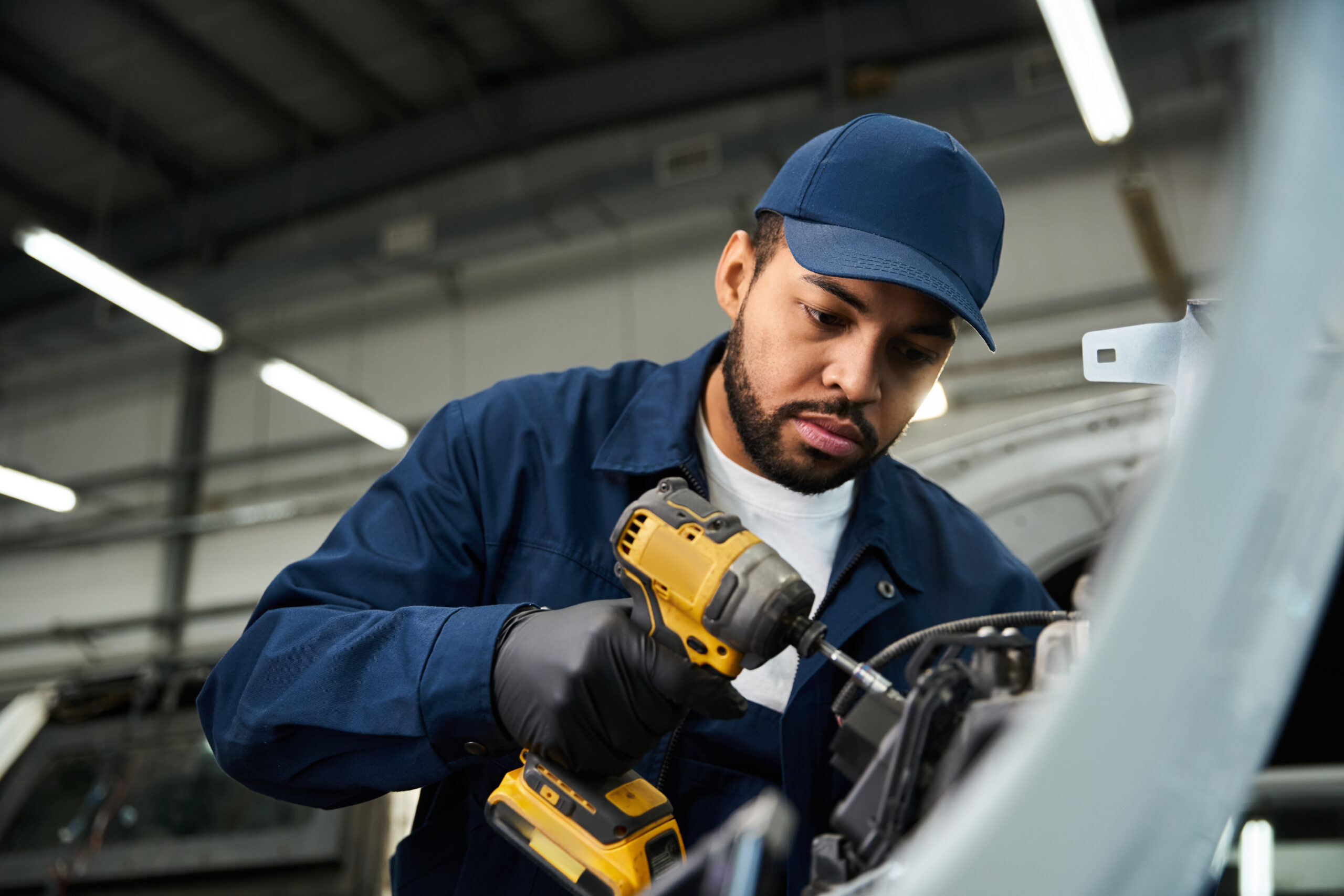If there’s one conversation I find myself returning to again and again in the world of manufacturing and industrial leadership, it’s this: How do we get young people excited about skilled trades and industrial careers?
This isn’t just a workforce issue. It’s a generational turning point. Across the country, shops, factories, and field teams are struggling to fill roles left behind by a retiring workforce. We’re talking about highly skilled, well-paying jobs—roles that are absolutely critical to keeping our economy running. Yet, too often, young people don’t see these jobs as opportunities. And even more often, they’re never really shown them in the first place.
As someone who’s spent years working with talented teams across industries, from healthcare to metal manufacturing, I see this gap clearly. And I strongly believe that we’re not going to solve it by pushing harder. We’re going to solve it by listening better, adapting faster, and painting a new—and more accurate—picture of what it means to work in industrial America today.
Changing the Narrative
The first thing we need to do is shift the story. For far too long, careers in the trades have been treated like a backup plan—what you do if college “doesn’t work out.” That couldn’t be further from the truth.
Working in the skilled trades or in industrial manufacturing takes intelligence, precision, creativity, and discipline. These are careers where you build, make, and solve real-world problems every day. You see your impact. You know what your work contributes to. And there’s something deeply satisfying about that.
We need to tell that story louder. And we need to show that success in these careers is not only possible but increasingly essential. Because without welders, machinists, HVAC technicians, CNC operators, and electrical specialists, everything stops—from infrastructure to hospitals to innovation.
Meeting the Next Generation Where They Are
Today’s young workforce thinks differently about work. They want purpose, flexibility, and a sense of belonging. That doesn’t mean they don’t want to work hard—they absolutely do—but they want to know what they’re working for, and they want to feel part of something bigger.
So it’s on us as leaders and employers to meet them halfway. That means showing up in high schools, vocational programs, and even middle schools—not with lectures, but with conversations. With mentorship. With real-world examples of people who’ve built meaningful, exciting careers in industries that are often overlooked.
It also means modernizing our recruitment strategies. If we’re not visible on the platforms where younger people live and learn—like social media, YouTube, and TikTok—we’re invisible. It’s not about dumbing anything down. It’s about speaking their language, showing the diversity of opportunities, and making the workplace feel accessible and welcoming.
Creating Inclusive, Forward-Thinking Workplaces
Another big part of attracting new talent is creating work environments that reflect today’s values. That means equity. That means safety. That means leadership that listens. Industrial workplaces can’t afford to stay stuck in the past, culturally or structurally. If young people walk into an environment that feels rigid, dismissive, or outdated, they won’t stay long—no matter how good the pay is.
I’ve seen firsthand how companies that invest in their culture—who give people a voice, who celebrate learning, and who reward collaboration—stand out to younger workers. They create teams that are more engaged, more creative, and more loyal. And those teams are exactly what we need to move industries forward.
It’s also time we get serious about representation. We need more women in skilled trades. More people of color in leadership. More diversity of thought at every level. When young people see someone who looks like them, who came from a similar background, succeeding in a technical career, it unlocks possibility. That’s how pipelines are built—one example at a time.
Rethinking Education and Career Pathways
There’s also a disconnect in how we talk about education. Four-year college degrees are important—but they’re not the only route to success. Apprenticeships, certifications, and technical training programs offer fast, affordable paths into high-demand careers. And they’re often a better fit for hands-on learners who want to earn while they learn.
We need more partnerships between schools, trade programs, and employers. We need better guidance counseling that presents technical careers as not just viable, but valuable. And we need parents, teachers, and community leaders to understand what today’s industrial jobs really look like—how they’re driven by technology, precision, and critical thinking.
The best part? Once someone gets their foot in the door, the pathways grow. I’ve worked with people who started as technicians and became project managers, business owners, even executives. There is upward mobility in this space, and we need to showcase it.
The Opportunity Ahead
This isn’t about fixing a problem—it’s about seizing an opportunity. We’re at a crossroads where the old assumptions about work no longer apply. That’s a good thing. It means we get to reimagine what a career in manufacturing or skilled trades looks like. We get to redefine the path—and the promise—of these jobs.
I’m optimistic, because I’ve seen what happens when the right conversations begin. When an apprentice discovers their talent for systems design. When a high school student sees a welding demo and lights up. When a plant invests in a mentorship program, and retention soars.
We can build the bridge to the next generation. But we have to do it intentionally—with heart, vision, and the willingness to lead differently.
And I believe we’re up for it.
